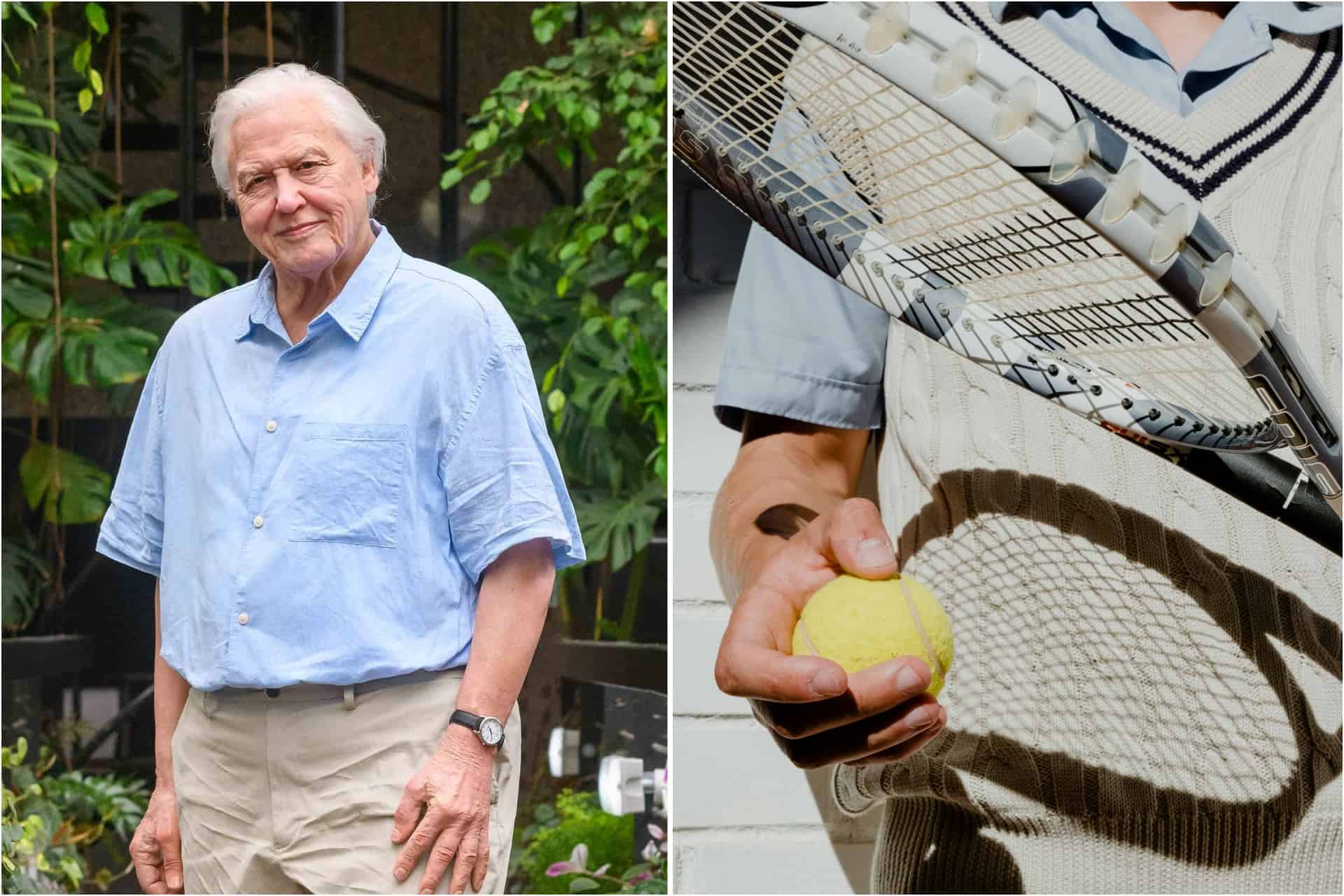
To further add to Sir David Attenborough’s tremendous CV, the British icon is also the reason why tennis balls are the bright yellow colour that we all know.
Rather shockingly to those of us born in the last 30 years, tennis balls used to be either black or white depending on the shade of the court.
Things started to change around the 1970s, although Wimbledon held out with the monochrome until 1986.
However, that all changed when Attenborough came along.
In a recently resurfaced interview with the Radio Times, the broadcasting legend revealed that he was in charge of bringing colour television to the BBC in 1968.
“We had been asking the government over and over again and they wouldn’t allow us, until suddenly they said, ‘Yes, OK, you can have [the colour TV technology], and what’s more you’re going to have it in nine months’ time,’ or whatever it was,” he wrote.
“I mean, a ridiculously short period. They had no idea of the complexity involved. Even then, the cameras were changing.
“The engineers didn’t want to buy a complete set of studio cameras that would be significantly outdated within a year. So I had to predict when we would start – and, in a childish sort of way, I wanted to be first.”
At the time, America and Japan already had colour TV, but nowhere in Europe had yet achieved the feat, although there were rumours that West Germany was well on its way.
He then decided Wimbledon was the perfect event for the occasion.
“I thought of Wimbledon. I mean, it is a wonderful plot: you’ve got drama, you’ve got everything. And it’s a national event, it’s got everything going for it,” he wrote.
However, Attenborough soon realised that the monochromatic tennis balls weren’t showing up clearly enough on screen.
Thus, the optic yellow tennis ball was born.
The luminous yellow colour was officially accepted by the International Tennis Federation in 1972, and would go on to be a feature across all courts in a matter of years.
Related: Stephen Bear released from prison after serving revenge porn sentence